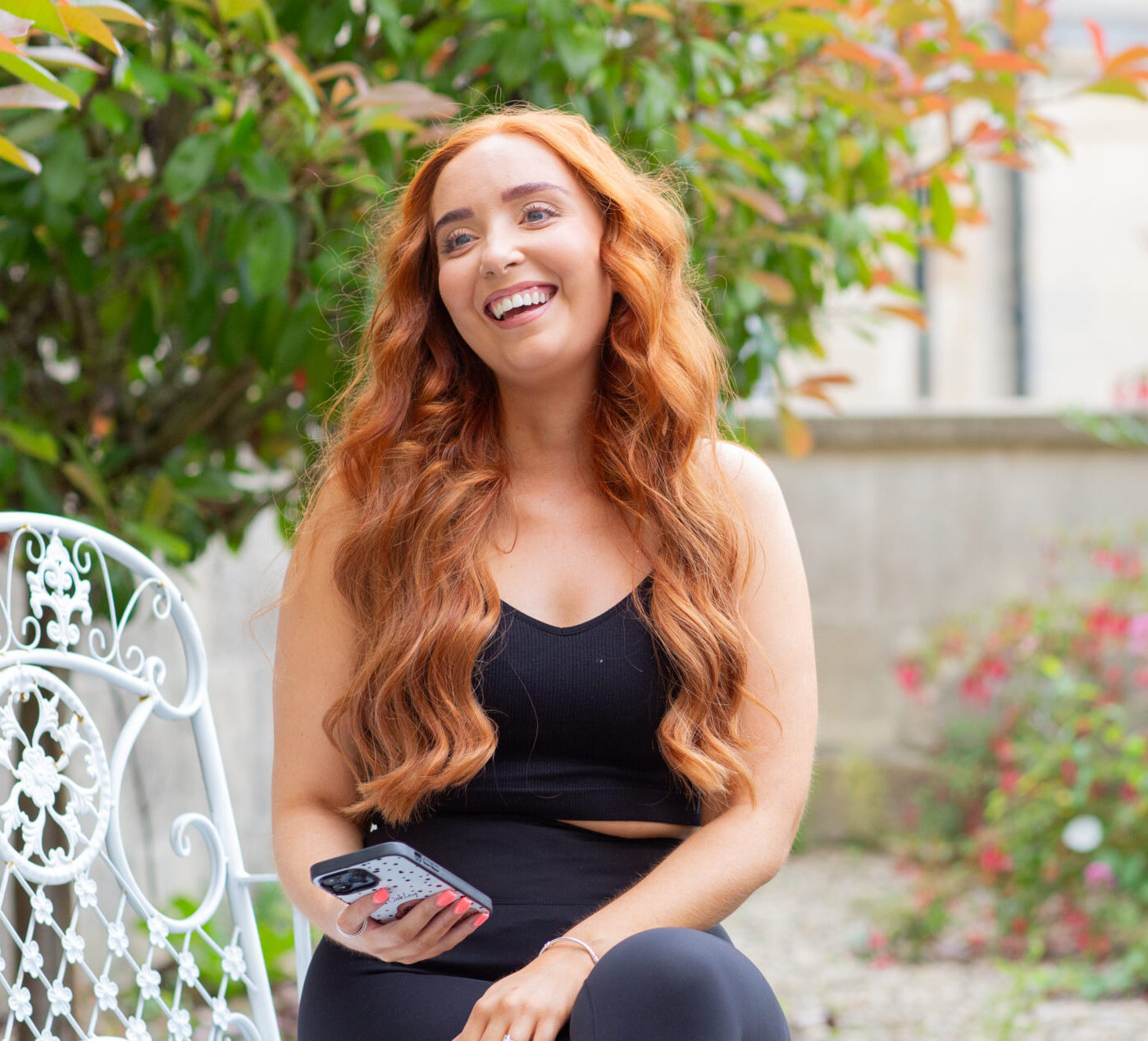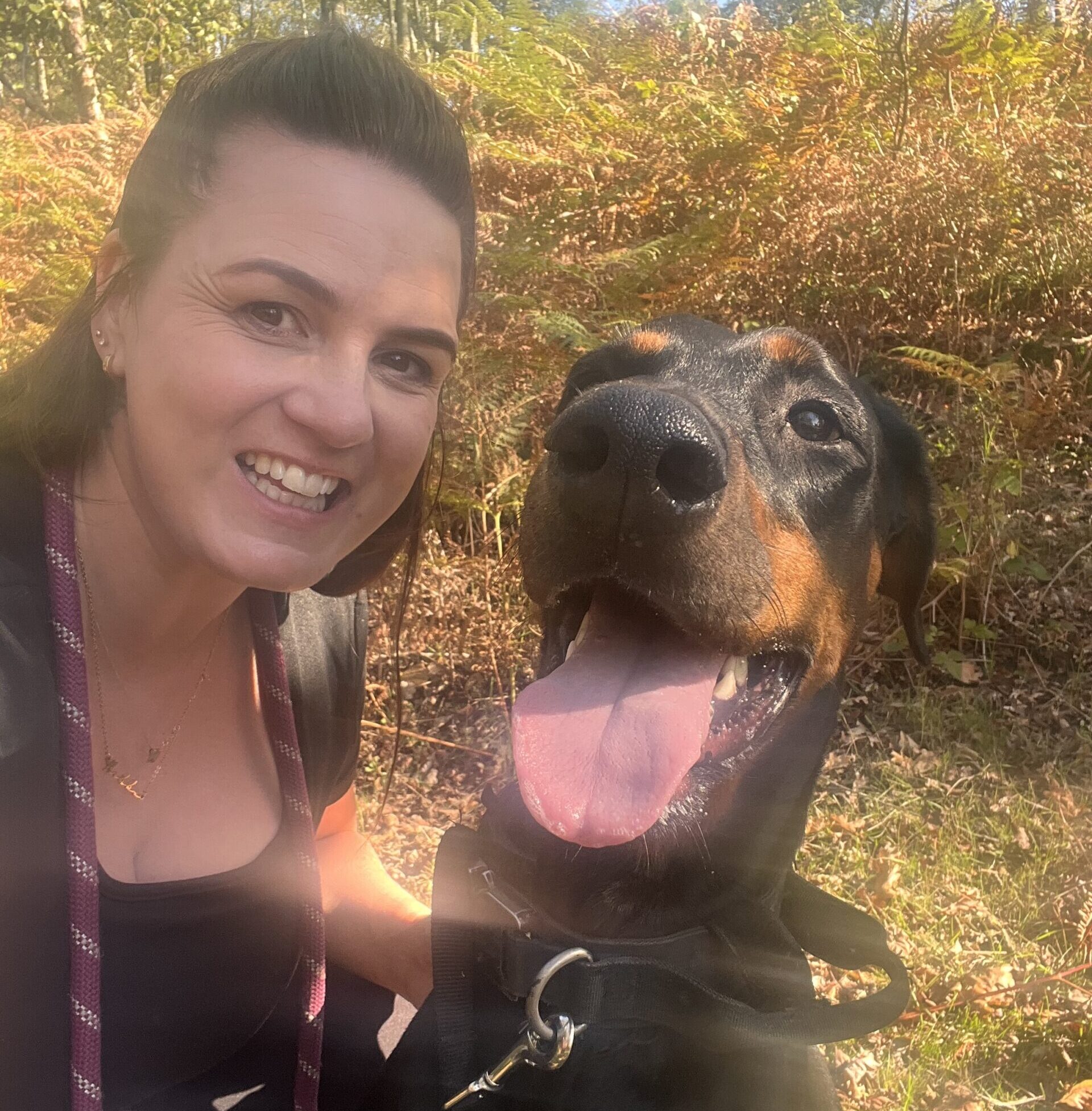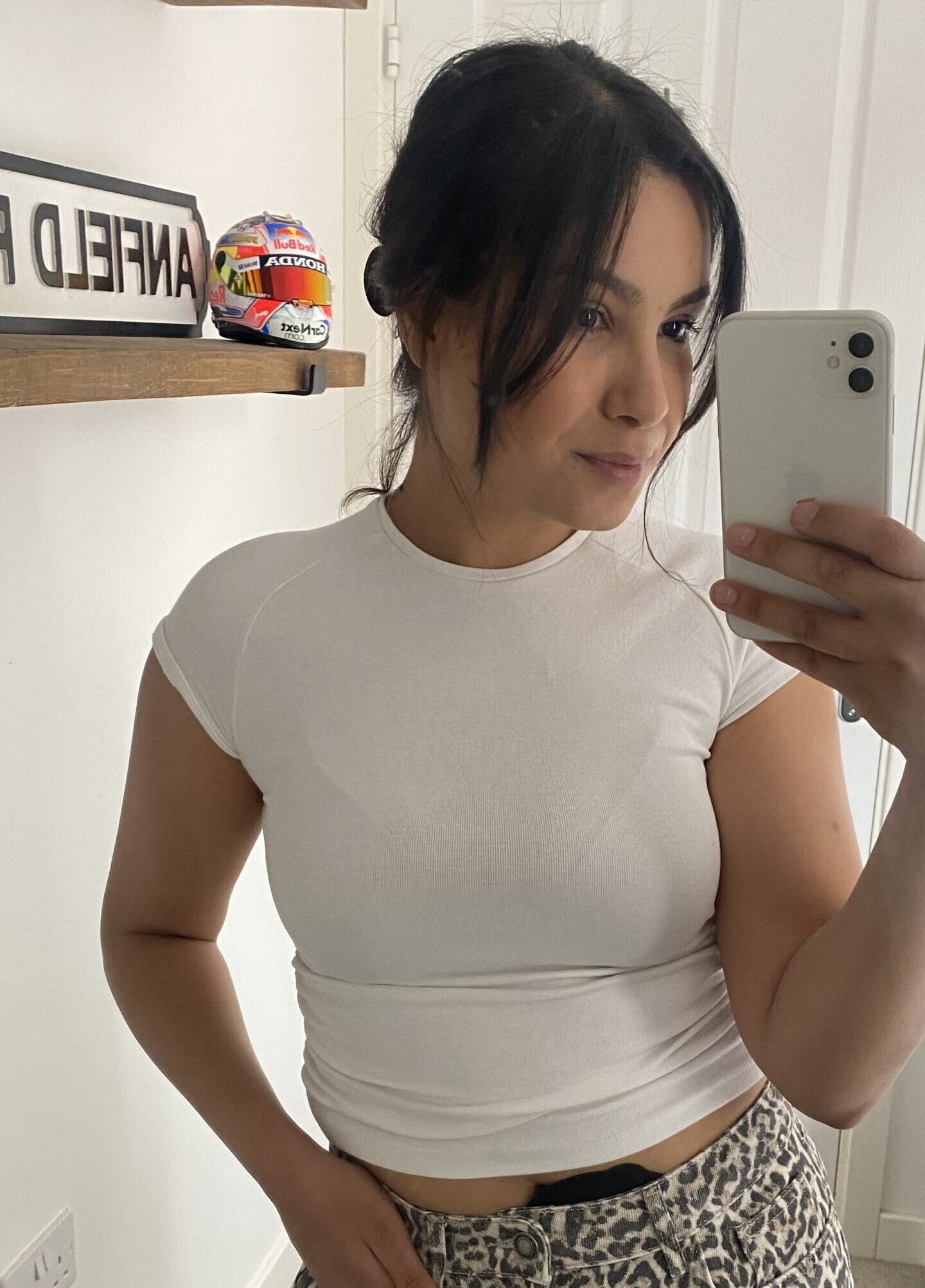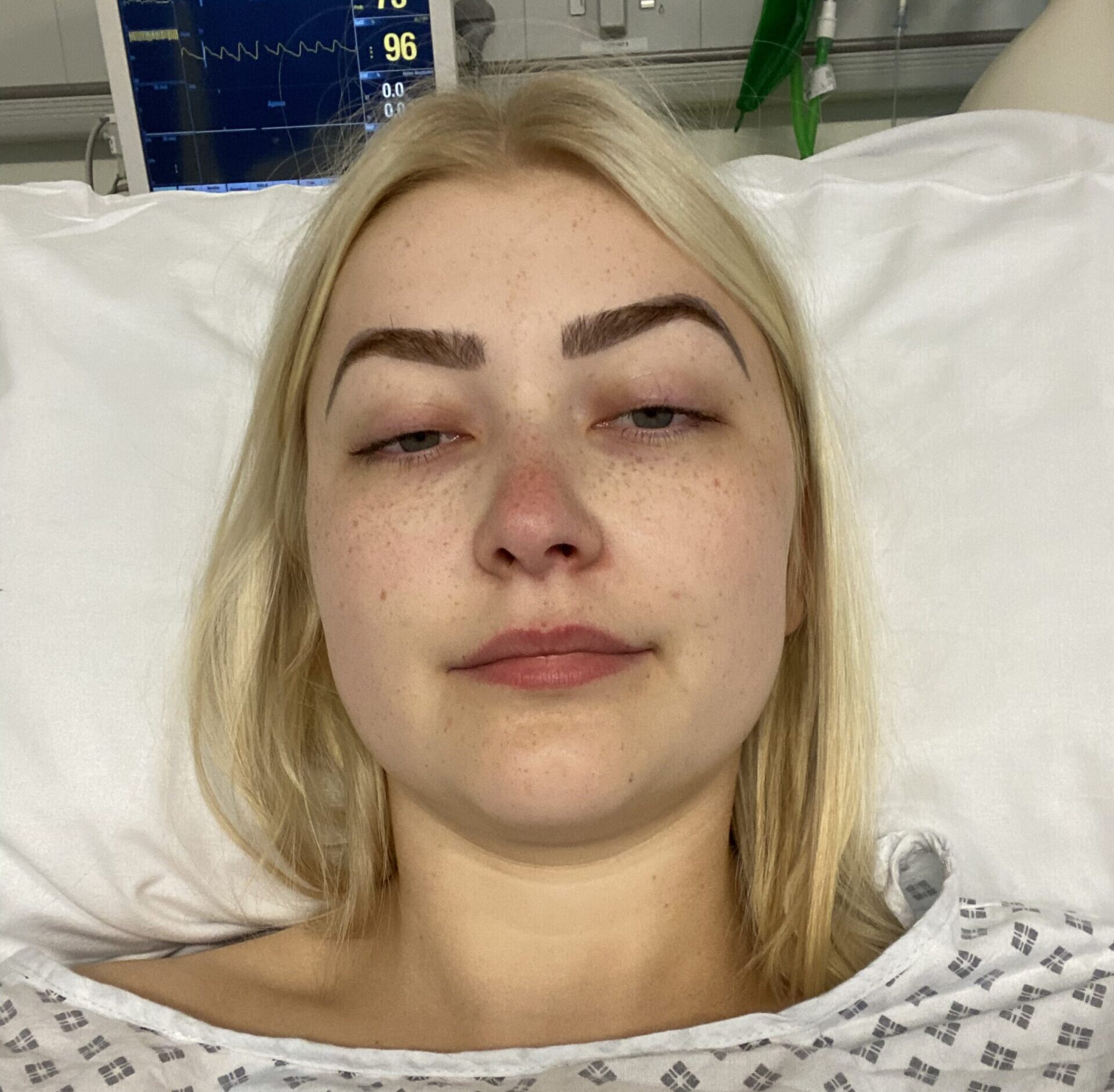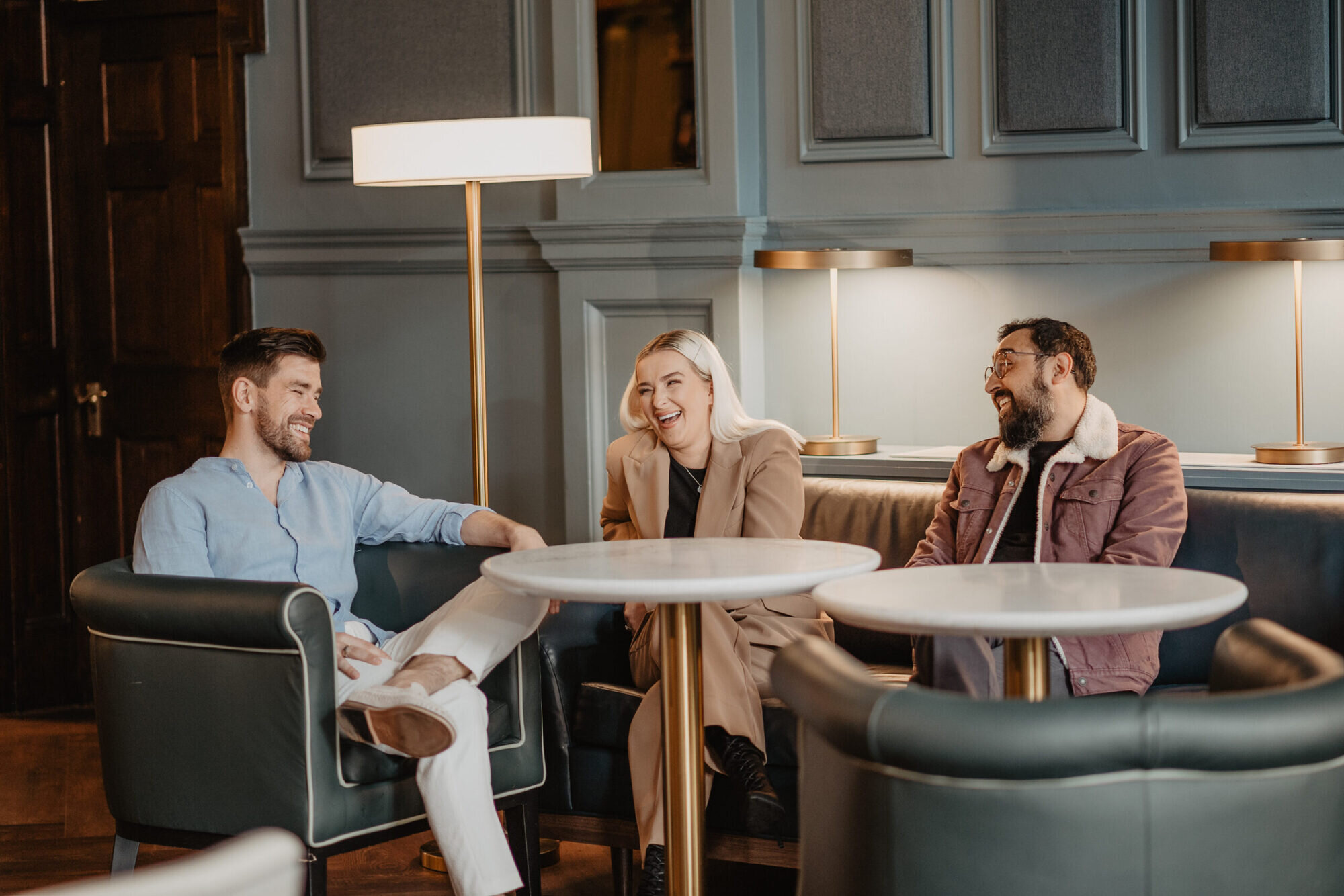
You can choose your stoma products
Your stoma care nurse will have got you set up on a pouch and any accessories you may need before leaving the hospital. Sometimes however during your chemotherapy treatment you may find some of your side effects may make you re-evaluate the pouch you are using.
This doesn’t necessarily mean you needs to switch the brand you are currently using and feel comfortable with, most manufacturers will have a range within their products. You might just want to make some slight adjustments and potentially for only a few days during your cycles as well. Keep reading to find out what’s on offer out there!
Ostomy pouches comprise of two main systems – one-piece and two-piece. So, what’s the difference?
With a one-piece system, you remove the whole pouch every time you change it.
A two-piece system has a pouch that is attached to a separate baseplate (the stick part that attaches to your skin). You simply change or empty the pouch, leaving the baseplate in place.
Both options then will have a closed or drainable option. Closed options do not have an opening at the bottom of the pouch so you dispose of the pouch once full/as required.
Drainable pouches have an opening at the bottom that you can unfold when ready and drain output in your pouch into a toilet. This allows you to drain as required and keep the same pouch on for a longer period.
All systems have benefits, and your nurse will help you decide which is best for you but here’s a few considerations depending on side effects you are experiencing.
Increased output
If you are finding your output is looser than usual a drainable pouch may be more suitable rather than changing your pouch more often. Alternatively consider a 2-piece pouch where you are just replacing the pouch as opposed to the baseplate each time – this will help protect your skin from multiple changes per day.
If you are changing your pouch multiple times, think about an adhesive remover which can come in spray or wipes form and helps you remove the pouch gently, not pulling at the skin.
Another option to consider is you can order pouches in multiple sizes, so during times of increased output you could ask for maxi or high output pouches that contain more liquid.
Dexterity challenges
If you are finding cutting the baseplate of you pouch challenging, especially if you are experiencing pain or clumsiness in your hands that’s understandable. Speak to your delivery service or stoma care nurse about precut pouches – sized to your stoma. If you’re exhausted and can’t face cutting pouches this is another good option for you. Every little thing helps!
Another option, if you are struggling to cut your baseplate accurately you may like to use an absorbent ostomy seal around the base of your stoma. This mouldable ring will act as a secondary barrier to prevent leaks should there be any gaps.
Closed versus drainable pouches is also a consideration – you may find it easier to change your whole pouch as opposed to draining it which you may find fiddly to roll up the outlet if your hands are in pain.
One thing to definitely consider is creating small stoma kits and keeping them handy and accessible in your bathroom or bag if you are out and about. For any side effect you are experiencing, this will take the thought and pressure off finding the right pieces when you’re going to empty or change your pouch.
If you are interested in trying different products, we always advise chatting to your stoma care nurse to see what is available – both in your current brand and others. You have to be comfortable with what makes you feel secure and in control, and you have every right to try a few and find your best fit.
